Liriope Grass Edging: How To Plant A Border Of Monkey Grass
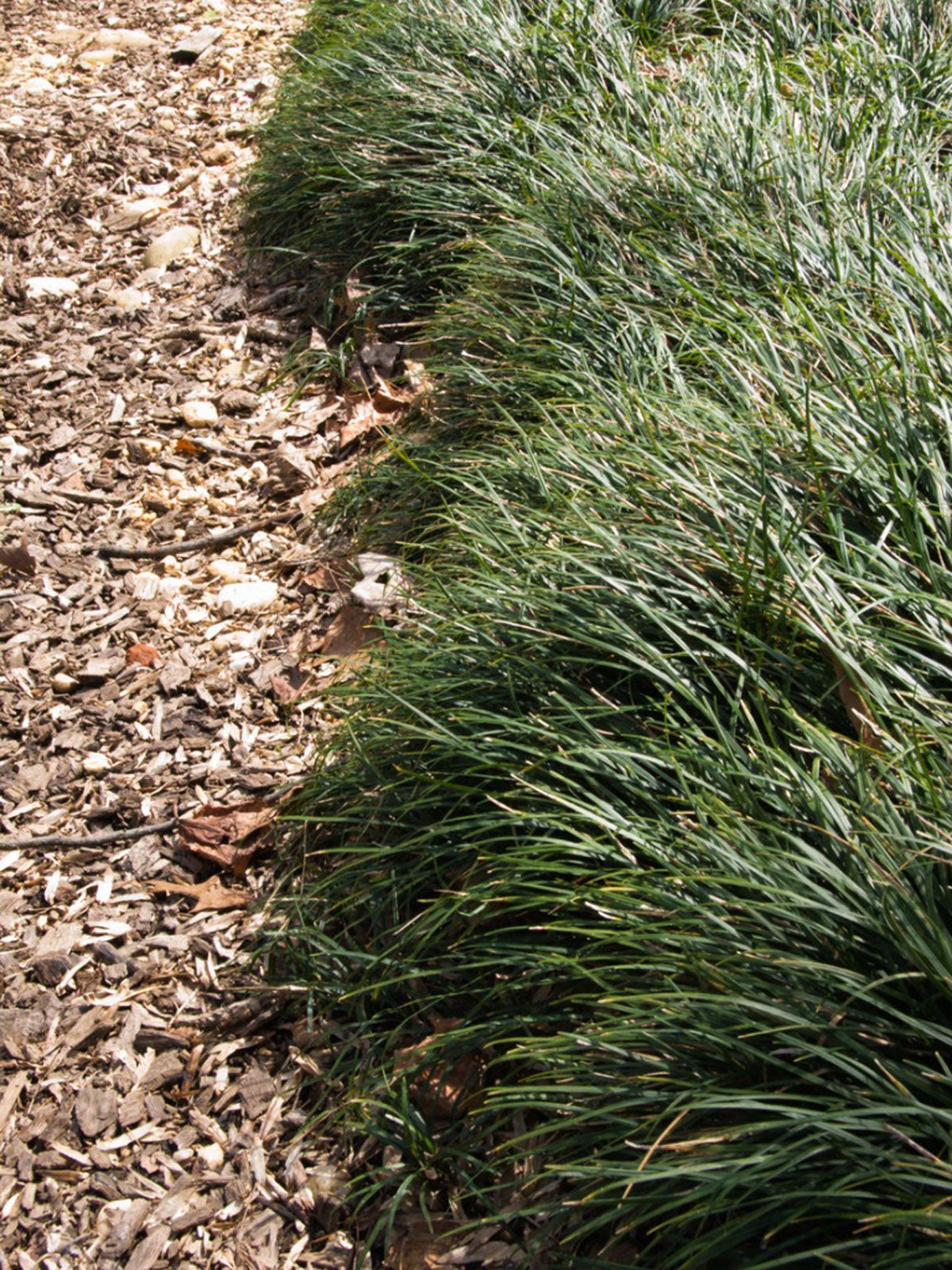

Liriope is a tough grass that is often used as a border plant or lawn alternative. There are two main species used, both of which are easy to care for and have few pest or disease problems. Making a Liriope landscape border produces a tidy, low-growing edge that doesn't need mowing and remains green year after year.
Why Use Liriope as a Border?
If you want an easy-to-grow, low-maintenance border that stays short and has no major issues, look to Liriope grass. This tough, adaptable evergreen plant makes a lovely edging in formal gardens, outlines paths and pavers well, or can be used as a hillside erosion stabilizer. Using Liriope as a border offers an easy solution for many landscape problems.
Liriope is also known as lilyturf, border grass, and monkey grass. Of the two main varieties, one is clumping and the other creeping, although both spread through rhizomes. In USDA zones 5 to 10, a border of monkey grass is a no-fuss solution. A landscape border with this grass produces a low, neatly foliaged groundcover that sets off taller plants.
When you plant Liriope spicata, you will end up with a creeping groundcover that, in some situations, can become invasive. Liriope muscari is a clumping form that will eventually set out offsets and increase the plant's presence. It makes an excellent and easily controlled grass edging. Both forms tolerate sun to part shade, almost any soil provided it is well-draining, and even periods of drought.
Planting Liriope Grass Edging
As an alternative to rock, gravel, or even grass around beds and paths, use Liriope to set off and define different areas. Liriope spicata is best used as a ground cover but L. muscari makes a perfect edging. Plant each Lilyturf one foot (30.5 cm.) apart. Keep the plants moderately moist but never soggy.
Mulch around the plants to prevent competitive weeds and help cool soil and conserve moisture. In time, monkey grass will spread by rhizomes and produce smaller versions of itself. This helps a border to fill in, but if you want the area more controlled and sparse, simply dig out and detach the new plants. You can always plant them in a container or elsewhere.
Border Grass Care
A border of monkey grass is very self-sufficient once established. In fact, this border grass care is almost nonexistent, making it a perfect "set and forget" plant.
Gardening tips, videos, info and more delivered right to your inbox!
Sign up for the Gardening Know How newsletter today and receive a free copy of our e-book "How to Grow Delicious Tomatoes".
The plants often get rust and other fungal diseases of foliage, so use a soaker hose or another method to water under the leaves or water only in the morning when the sun can quickly dry them off. Water established grass regularly in hot weather.
Feed the plants in early spring with a slow-release formula.
There is no need to mow this grassy plant, but you can if you want to rejuvenate the plant; mow or shear in late winter or early spring.

Bonnie Grant is a professional landscaper with a Certification in Urban Gardening. She has been gardening and writing for 15 years. A former professional chef, she has a passion for edible landscaping.
-
 Looking For Plants To Give You The Soft And Fuzzies? Try These 5 Fuzzy Leaf Plant Options
Looking For Plants To Give You The Soft And Fuzzies? Try These 5 Fuzzy Leaf Plant OptionsLovers of texture, drama, silver foliage and tactile plants will adore these special sensory garden additions. These fuzzy leaf plant options will leave you all aglow
By Susan Albert
-
 Get Ready For A Summer Of Hummers! Grow These Full Sun Hummingbird Plants and Flowers
Get Ready For A Summer Of Hummers! Grow These Full Sun Hummingbird Plants and FlowersIf you’re lucky enough to enjoy a sunny backyard, make sure you are maxing out on your pollinator opportunities and grow these full sun hummingbird plants and flowers
By Tonya Barnett
-
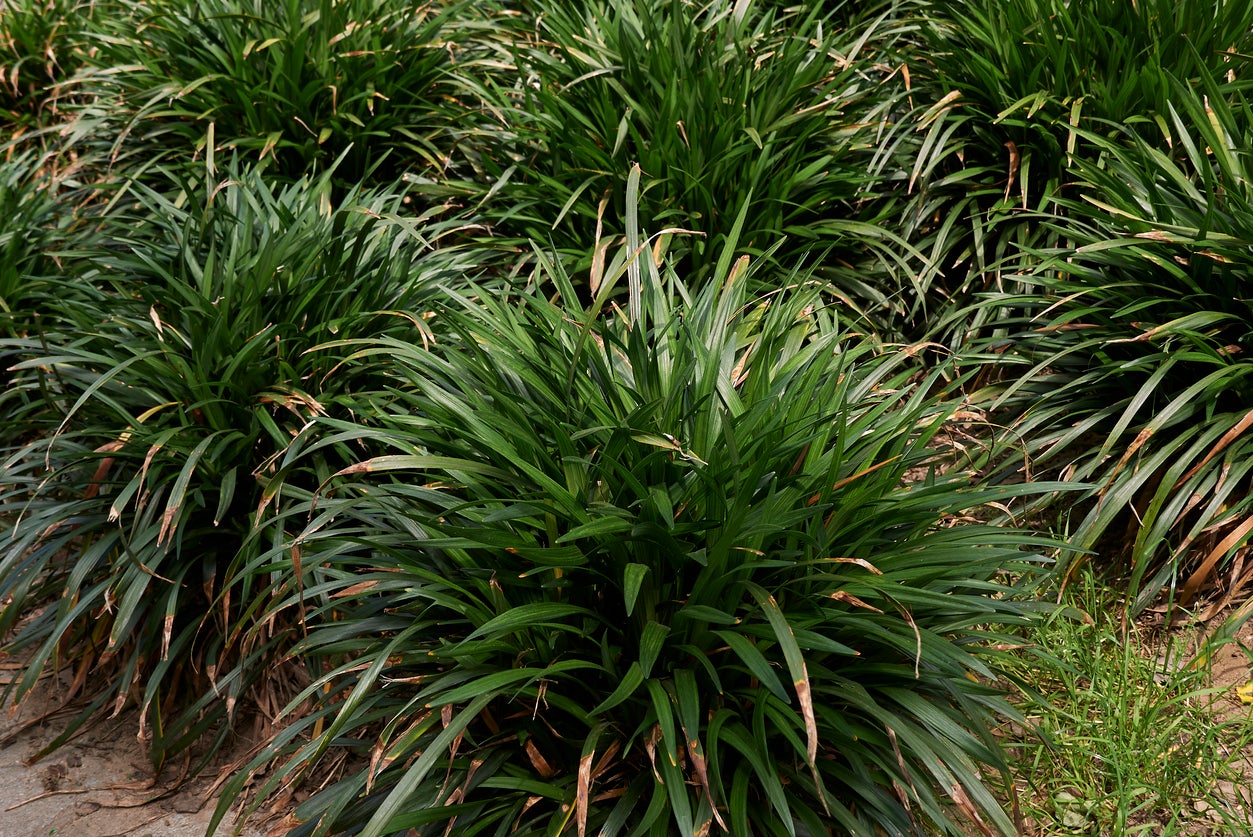 Lilyturf Cold Tolerance: How To Care For Liriope In Winter
Lilyturf Cold Tolerance: How To Care For Liriope In WinterThough evergreen, liriope in winter will naturally enter into a stage of dormancy in which growth of the plant foliage ceases. For the best results, homeowners will need to begin the process of winterizing liriope plants. Learn more in this article.
By Tonya Barnett
-
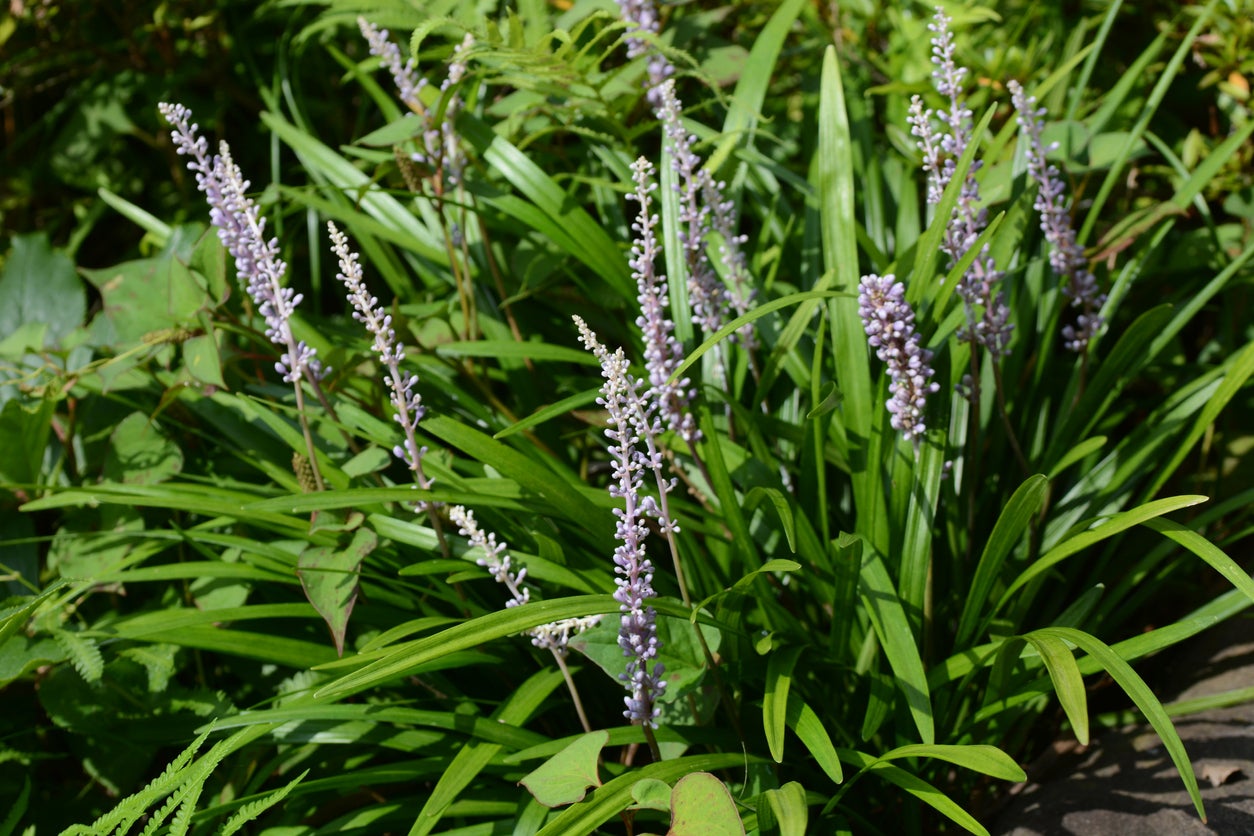 Splitting Liriope Roots – Learn How To Divide A Liriope Plant
Splitting Liriope Roots – Learn How To Divide A Liriope PlantTolerant to both heat and humidity, lilyturf only requires minimal maintenance to continue to thrive. So what about liriope plant division? Does this plant need to be divided and, if so, how and when? Click this article for the answers to these questions.
By Tonya Barnett
-
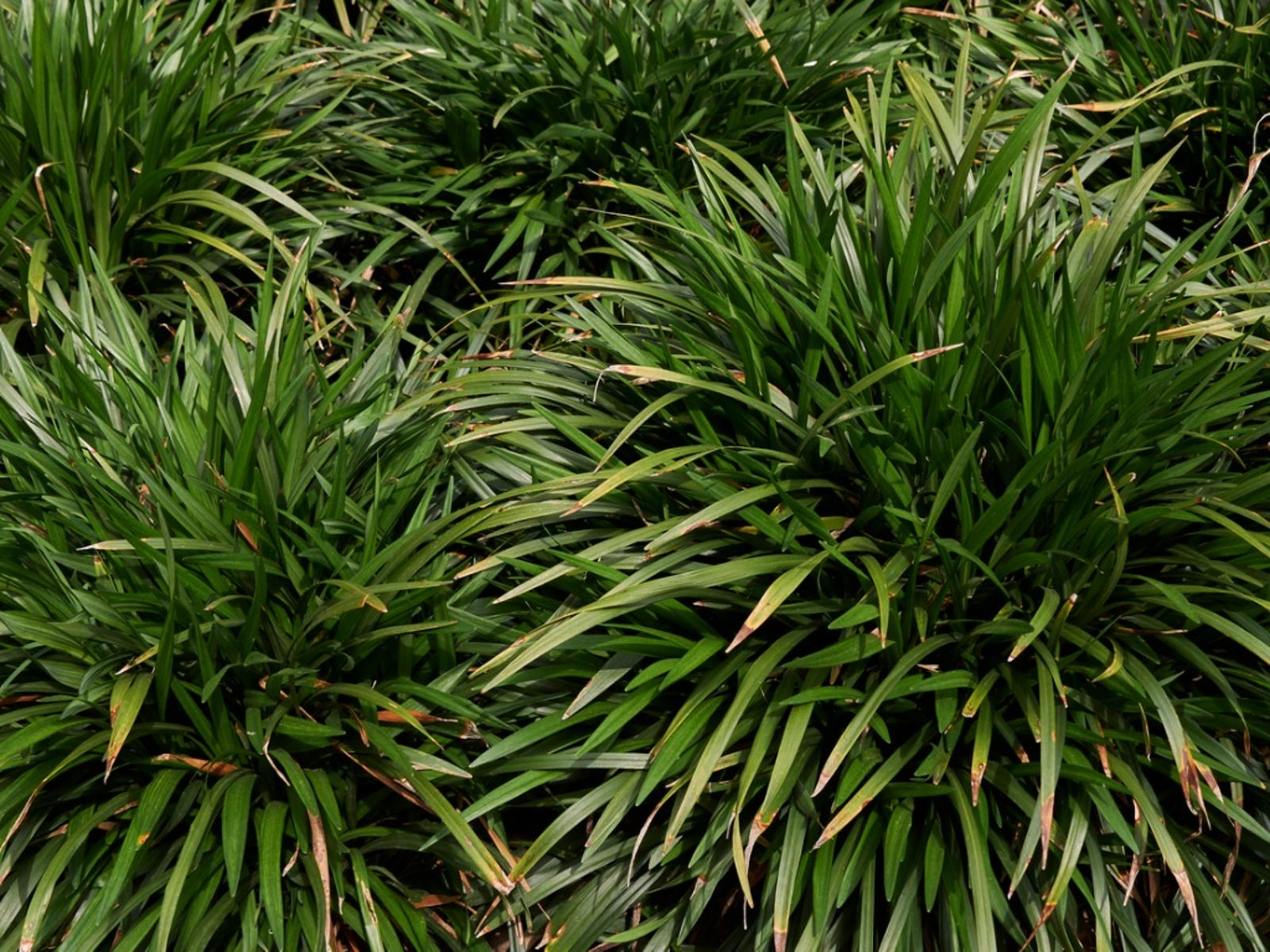 Monkey Grass Control: Best Way To Remove Monkey Grass
Monkey Grass Control: Best Way To Remove Monkey GrassIs monkey grass invading areas of your lawn and garden? Do you find yourself asking "How do I kill monkey grass?" You're not alone. Many people share these concerns, but don't worry. This article can help.
By Nikki Tilley
-
 How To Transplant Monkey Grass
How To Transplant Monkey GrassTransplanting monkey grass is actually pretty easy and the following article provides tips to help you learn how to transplant monkey grass in the landscape. Click here for more information.
By Heather Rhoades
-
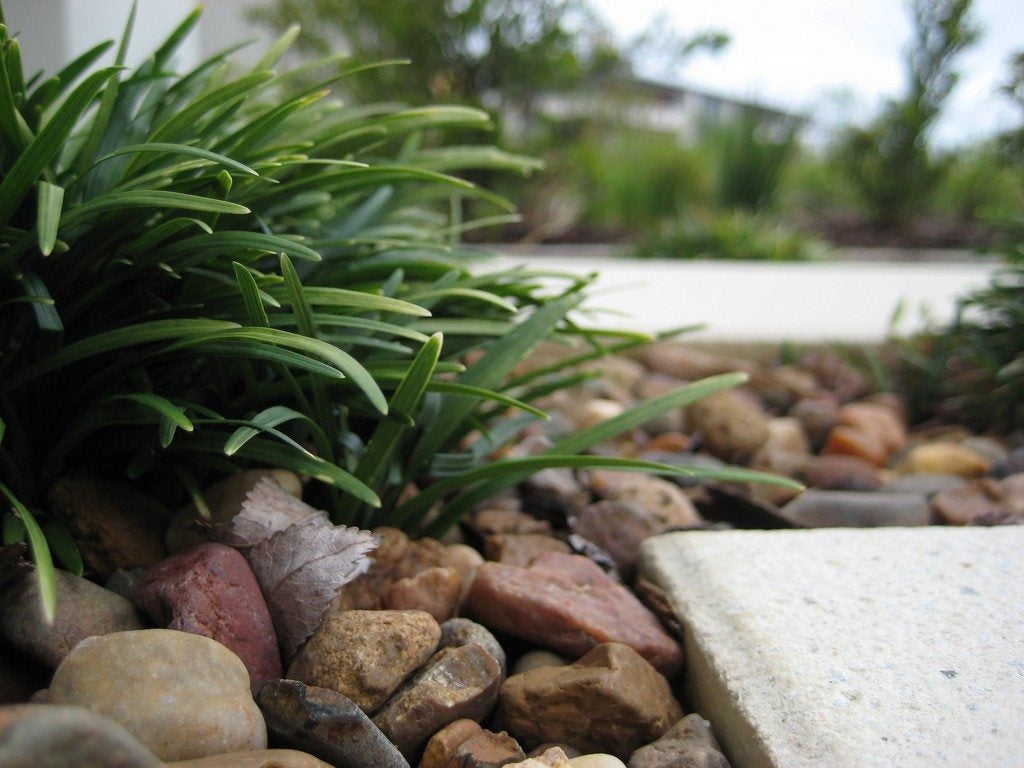 Information On Pruning And Cutting Monkey Grass
Information On Pruning And Cutting Monkey GrassMonkey grass is common in areas that are hilly or uneven because they fill in the area quite nicely. It comes in thick and is quite easy to grow. So easy that pruning may be necessary. Click here for pruning tips.
By Heather Rhoades
-
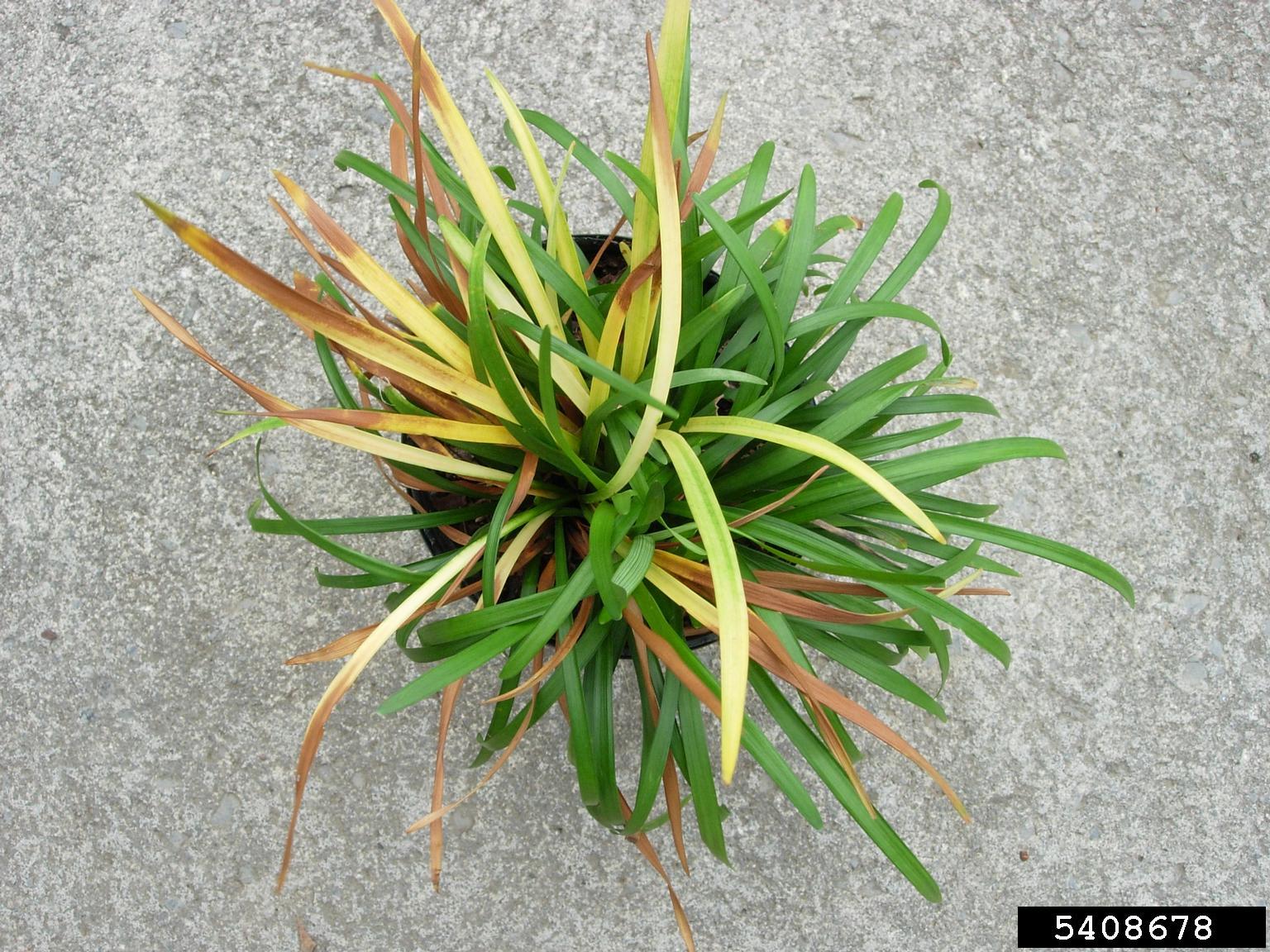 Monkey Grass Disease: Crown Rot Causes Yellow Leaves
Monkey Grass Disease: Crown Rot Causes Yellow LeavesFor the most part, monkey grass is a hardy plant. But, despite the fact that monkey grass is able to take a lot of abuse, it is still susceptible to disease. One in particular is crown rot. Click here to learn more.
By Heather Rhoades
-
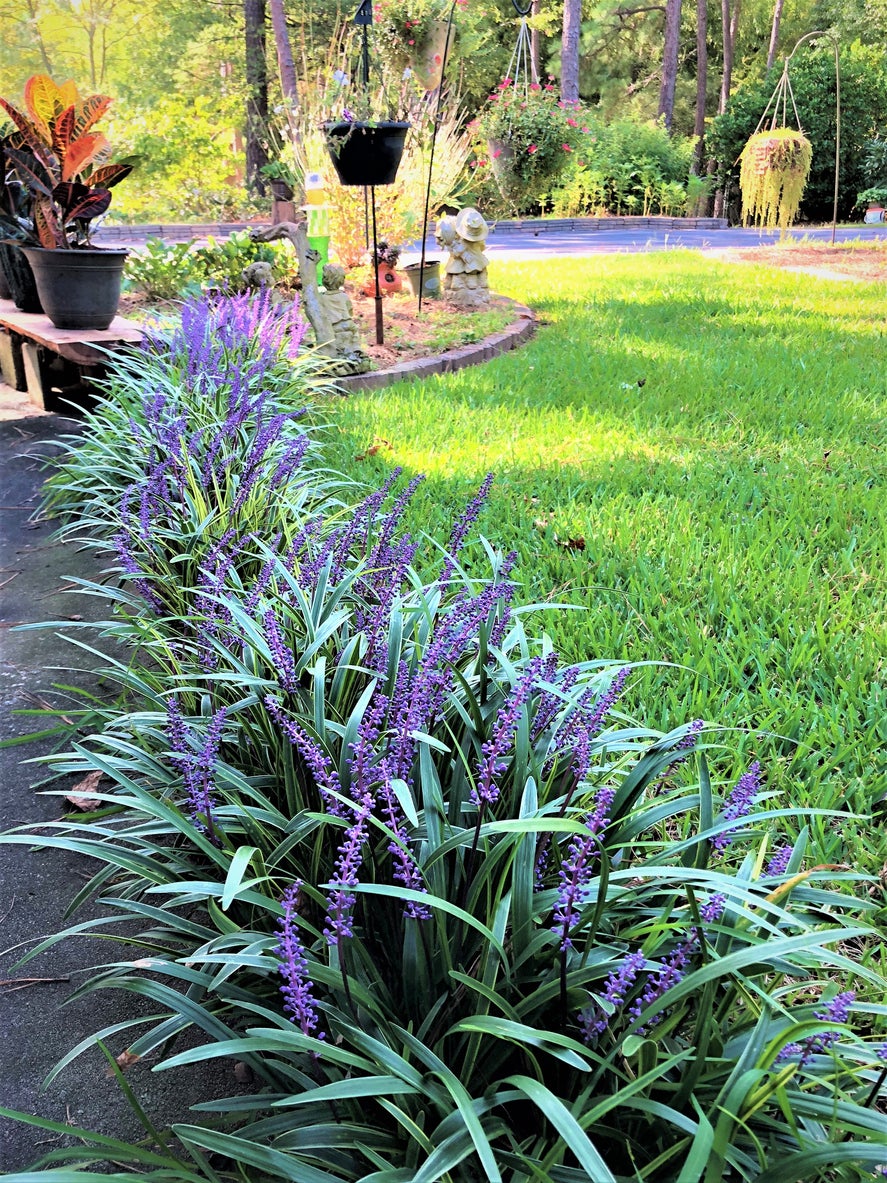 What Is Monkey Grass: Caring For Monkey Grass In Lawns And Gardens
What Is Monkey Grass: Caring For Monkey Grass In Lawns And GardensLooking for a low growing, drought tolerant turf replacement? Try growing monkey grass. What is monkey grass? Monkey grass is actually the common name for two different species. Click here to learn about the different types of monkey grass and how to use them.
By Amy Grant